Aeration Equipment
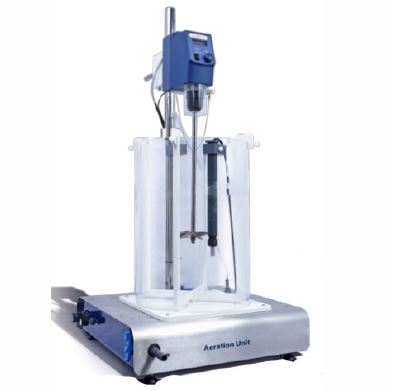
Order Code: 22236272.5R
Category: General Lab Equipment IV
Introduction: The purpose of the Aeration Unit is the permit study of the oxygen transfer characteristics of air diffusion systems and the physical and chemical parameters that influence their oxygenation capacity. These studies are a necessa...
SPECIFICATION
Introduction:
- The purpose of the Aeration Unit is the permit study of the oxygen transfer characteristics of air diffusion systems and the physical and chemical parameters that influence their oxygenation capacity.
- These studies are a necessary prelude to understanding the biological treatment of wastewater.
DESCRIPTION:
- The Aeration Unit consists of an open tank equipped with a propeller agitator. Air is supplied through a compressed air line through a pressure regulating valve, and through a flow meter to a diffuser placed inside the tank.
- A variety of diffusers are included. The dissolved oxygen content of the water in the tank is measured by means of a dissolved oxygen probe, which includes direct reading of the water temperature.
- Mounted on the base is the clear 27 liter acrylic water tank. At the front of the tank is a depth scale and at the base a drain cock.
- Digital stirrer control includes speed and torque measurements. This is supported by a metal bar. Spray tube, treble airstone and single air stone can be attached separately to the aerator tube. Variable speed adjustment of the stirrer paddle provides different levels of turbulence in the tank.
TECHNICAL SPECIFICATIONS:
- Open tank: 27 liters
- Diffusers: 3 (bubbler, treble stone and individual stone)
- Flowmeter range: 0 -10L/min
- Oxygen/Temperature Meter Ranges:
- 5 to 199% DO
- 5 to 25.0% DO
- 5 to 19.99mg/L
- 10 to 105 °C
- Oxygen probe length: 300m
CONTROL SYSTEM, ACQUISITION AND DATA MANAGEMENT, COMPOSED BY CONTROL INTERFACE BOX:
- Control Interface Box with process diagram on the front panel, with the same distribution as the equipment elements, for easy understanding by the student.
- All the sensors with their respective signals are adequately prepared for the output to the computer from -10V to +10V.
- Cable for control interface box and computer
- The control elements of the equipment are permanently controlled from the computer, without the need for changes or connections during the entire test process.
- Simultaneous display on the computer of all the parameters involved in the process.
- Calibration of all sensors involved in the process.
- Real-time representation of the system response curves
- Storage of all process data and results in one file
- Graphical representation in real time of the responses in the system/process
- All the values of the actuators can be changed at any time from the keyboard, allowing the analysis of the curves and responses of the entire process.
- Shielded and filtered signals to avoid external interference
- PID control in real time with flexibility of modifications of the PID parameters in real time of the parameters that intervene in the process simultaneously
- Proportional control, integral control and derivative control, based on the real mathematical formula of the PID, by changing the values at any time, of the three control constants (proportional, integral and derivative constants).
- Control in real time with flexibility of parameter modifications from the computer keyboard, at any time during the process.
- Real-time control for pumps, compressors, resistances, control valves, etc.
- Open control allowing modifications at any time and in real time, of the parameters involved in the process, simultaneously.
- Three levels of security, one mechanical in the equipment, another electronic in the control interface and the third in the control software.
CONTROL SOFTWARE, DATA ACQUISITION AND DATA MANAGEMENT:
- Compatible with current Windows operating systems. Graphic and intuitive simulation of the process on the screen. Compatible with industry standards.
- Recording and display of all process variables automatically and simultaneously.
- Flexible, open and multicontrol software developed with current graphic window systems, acting on all process parameters simultaneously.
- Analog and digital PID control
- Menu for the selection of the PID and the set point required in the entire working range.
- Handling, manipulation, comparison and storage of data
- Sampling rate of 250 KS/s
- Calibration system for the sensors involved in the process.
- Allows the entry of the alarm status and the graphic representation in real time
- Comparative analysis of the data obtained, after the process and modification of the conditions during the process.
- Open software allowing the teacher to modify texts, instructions, teacher and student passwords to facilitate the control of the teacher over the student, and that allows access to different levels of work.
FEATURES AND BENEFITS:
- Electronic flow sensor
- Dissolved oxygen (DO) meters with water temperature measurement
- Power supply: Supplied with a universal mains adapter suitable for 100-240V / 1 ph / 50-60 Hz
- software requires a computer running Windows XP or higher with a USB port.
- Chemicals: 10% sodium sulfite solution and 1% sodium sulphate solution.
- cobalt chloride (supplied)
- Air: Compressed air (supplied)
- Water supply: mains water and distilled water supply for initial fill only
?????REQUIRED CONSUMABLES INCLUDED:
- Sodium sulfite
- Cobalt chloride???????
ITEMS INCLUDED:
- Triple Beam Grain Scale
- 100 ml graduated cylinder.

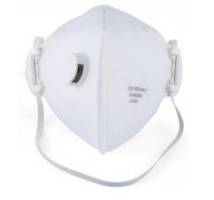
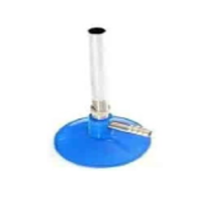
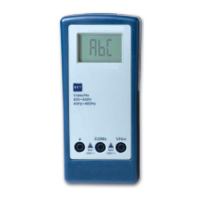
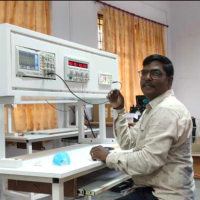
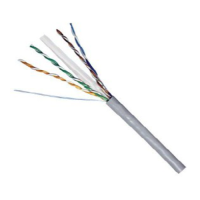
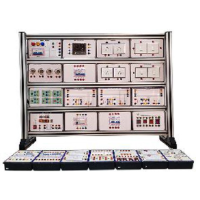

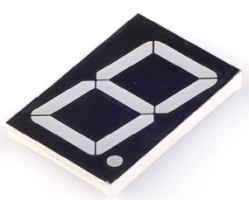
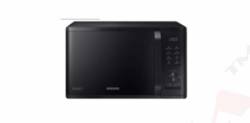

 91-9829132777
91-9829132777